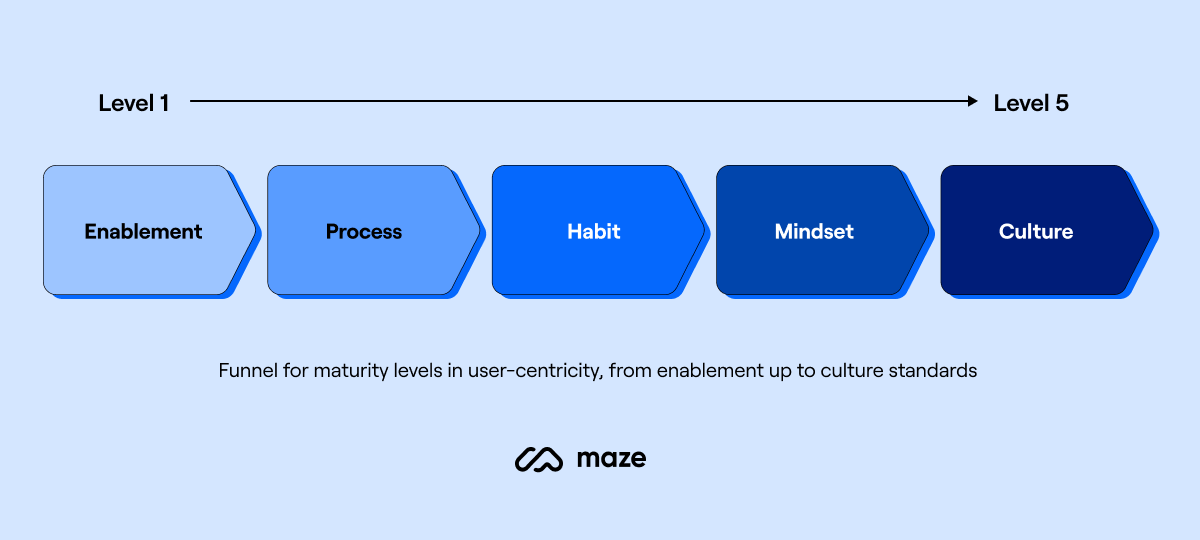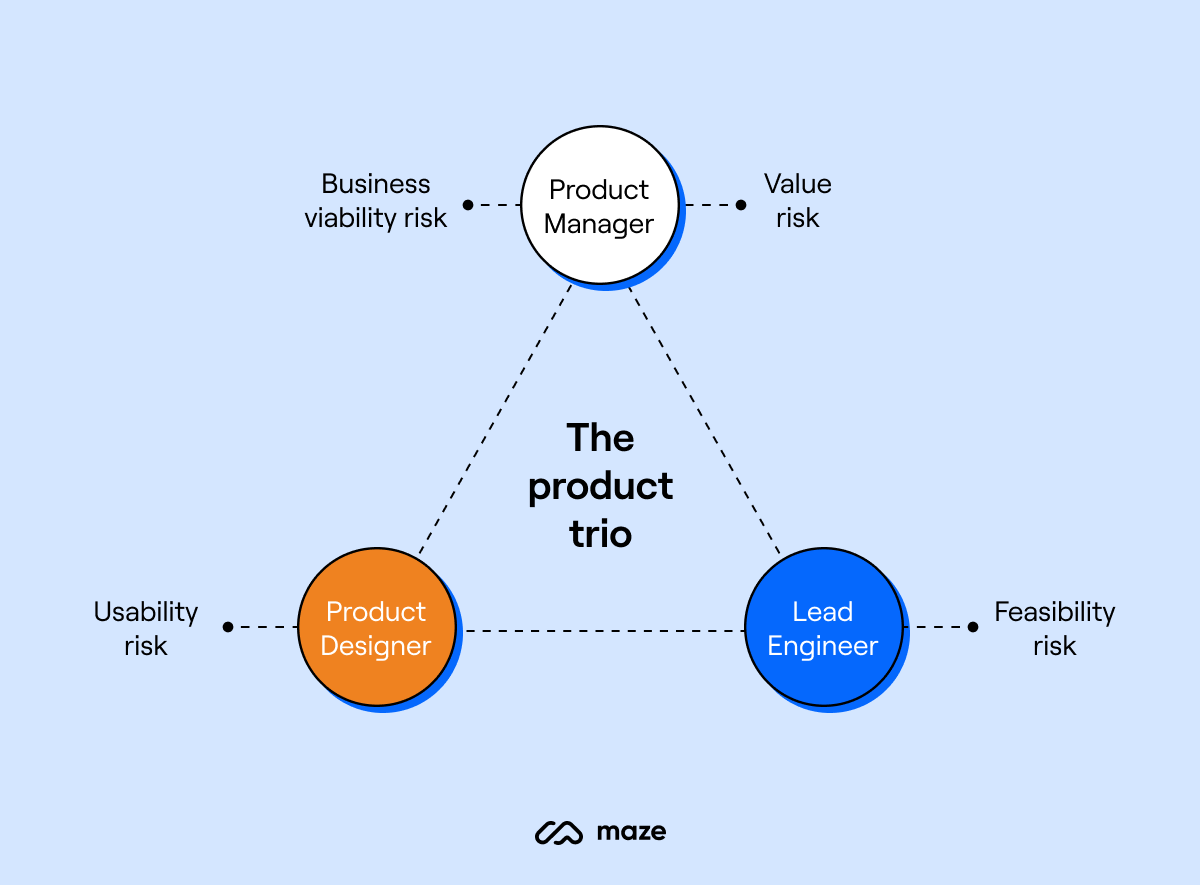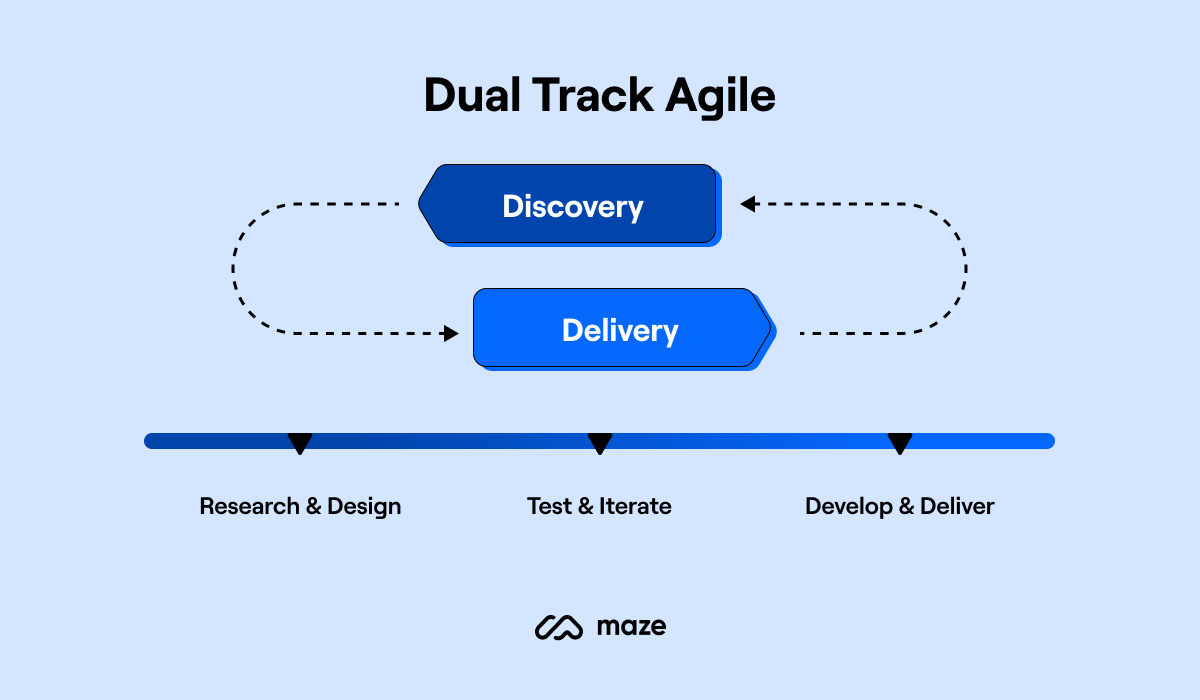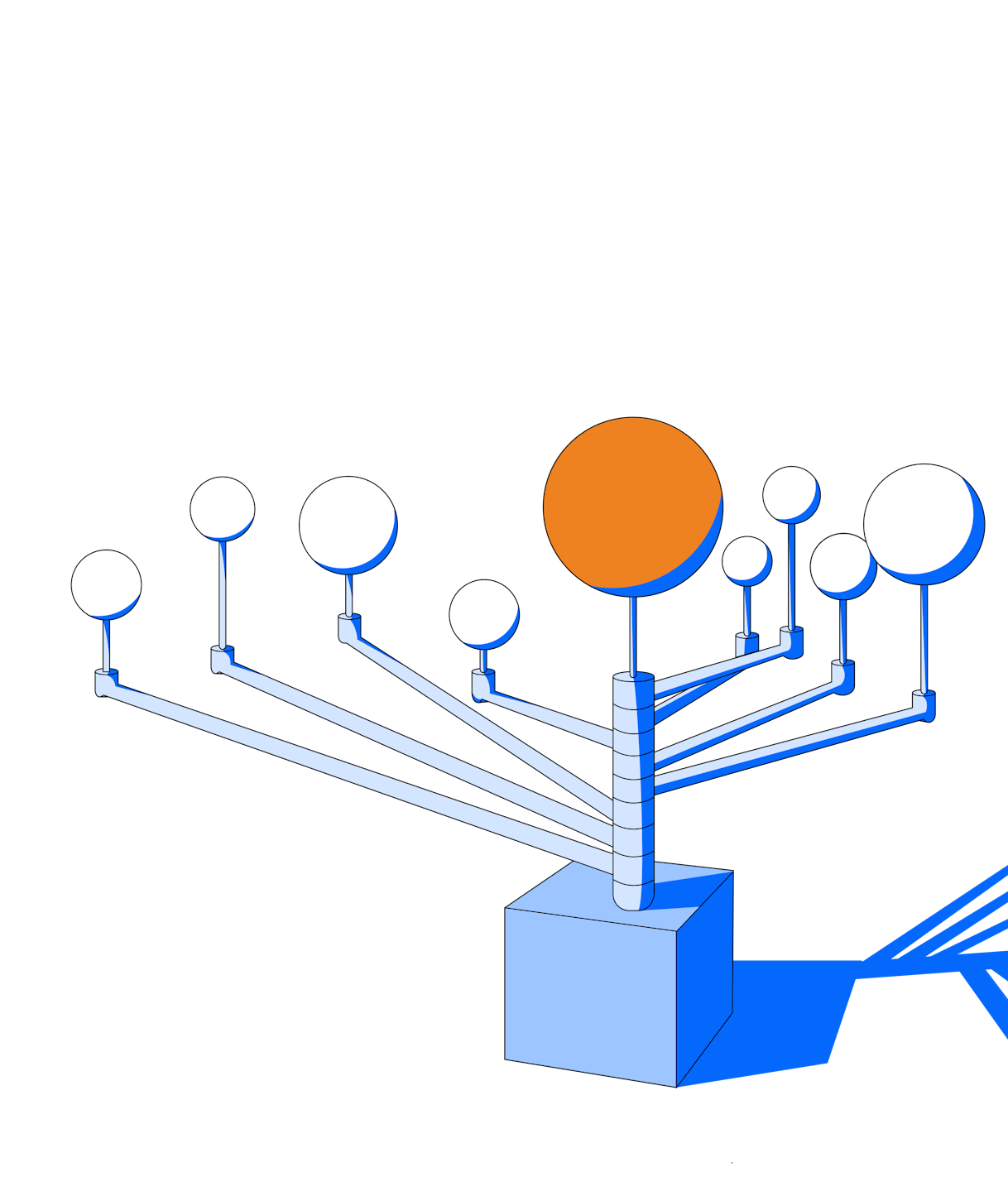“We’re going to cut the AC. Play songs that encourage people to sing.”
Those were the instructions from my boss as I entertained clubbers as a DJ. Why? Because these dark patterns drove thirsty patrons to the bar to boost evening drink sales.
But would these people return next week after such an experience? I knew the better, longer-term approach started with empathy—understanding what my audience really wanted, and delivering that experience through the songs I picked. But the long-term ROI was lost on the nightclub owners.
Two decades later, having moved from the DJ booth to leading and building Experience Design teams, I see a similar challenge: proving the long-term ROI of user-centric thinking in organizations.
As a design leader, you play a dual role: expounding the business benefits of user-centered design to senior stakeholders, and enabling the required research habits and mindsets across your organization.
This is the challenge of user-centered culture transformation: to steer the organizational culture and product decision-making toward your users’ needs, while proving why it’s crucial for business success.
In this article, I’ll share how we’re evolving our user-centered culture at Maze—from tools and processes, to habits and mindsets—and why it’s formed the foundation of our business strategy.
The foundations of a user-centered culture
User-centricity is about solving users’ needs at an empathic, foundational level, regardless of the relationship between the company and the user. This authentic user focus drives mutual benefits: improved performance, increased user sentiment, and a long-term roadmap for the company.
The challenges of building a user-centered culture depend on an organization's appetite for leveling up innovation. To borrow terms from Crossing the Chasm, it’s useful to differentiate between early adopter/majority segments versus late majority/laggards.
The early adopter/majority segments, typical in younger companies, must think relentlessly about their audience to make a dent in their product space. So there’s often a drive to be user-centered, and bottom-up habits influence the culture. This is David’s competitive advantage against industry Goliaths. The challenges for early adopters are more likely to come from a lack of resources for centralized tools and processes, and dedication to continuous research.

Maturity levels in user-centricity
Late majority/laggard segments, in contrast, often have resources for tools and research, but the ingrained mindsets and culture are harder to change. In these teams, the challenges are around building habits that make the learning process more efficient and effective, through a continuous dual-track approach of discovery and delivery.
Democratizing research, enabling teams for discovery, and building a strong research habit helps reinforce a user-centered mindset—all of which are needed for a human-led culture to emerge, and products to truly thrive.
Sounds good. But how do you actually do this?
How Maze is building a user-centered culture
How might we go about creating a user-centered culture in an agile environment? How can we base product decisions on more than just business performance requirements, or the gut feelings of HIPPOs (Highest Paid Person’s Opinion)?
As Maze has grown from a four-person startup to over 100 employees, we’ve continued to invest in the user-centered culture that permeates our design decision-making and product development process. We do it by balancing the customer voice that leads to product competitiveness in the near-term, with a foundational understanding of our target audience aimed at the long-term.
Let me walk you through some ways we do this in practice.
Building multi-functional teams
We operate in cross-functional teams that bring together a diverse set of skills, backgrounds, and perspectives. At minimum, this includes a product manager, designer, and software engineer—a product trio—the foundation of continuous discovery teams.

The product trio
This allows teams to move faster with more autonomy, while making sure all stakeholders are represented in decision-making. This type of collaboration keeps us focused on business objectives, considered through a user lens.
A dual-track agile approach to product development
The most empathetic—and effective—organizations enable their teams to work smarter in every sprint cycle. One of the most important ways we do this is through a dual-track habit, also known as discovery and delivery tracks.
To succeed with dual-tracks, discovery must play at the speed of delivery. Discovery isn’t constricted by the need to quickly pass finalized recommendations to delivery teams. And delivery doesn’t rely on the completion of discovery to move forward. Both tracks proceed in parallel, keeping product development more agile, flexible, and user-focused.

The dual track habit
Democratizing research internally
For user experience research (UXR) to be foundational, teams must be able, and enabled, to independently conduct research. This includes having a variety of UX research tools and methods for interacting with customers, along with systems and workflows to conduct efficient research with more effective outcomes.
It’s here that we find an encouraging trend: in our own research, 64% of teams say they now have a democratized research culture.
At Maze, we cultivate a user-focused culture by ‘dogfooding’ our own continuous discovery tools, so anyone can easily set up and conduct research, to test any assumption. We also do this by managing our research repository and roadmap, as well our continuous discovery process.
In larger organizations, these duties are often consolidated in a centralized Research Operations (ResearchOps) team. Even before this point, a decentralized effort will still pay near-term dividends. In all cases, processes should be tracked to ensure effective research focused on user goals.
Making discovery a continuous habit
Maintaining a continuous flow of learning is crucial for business. This is why we're building a continuous product discovery mindset which makes customer feedback habitual.
A user-centered culture engages users at every stage of the product development lifecycle– not just at the start of a new initiative, or when validating design decisions, but continuously.
Establishing this learning habit builds your empathy muscle, which feeds directly into better product decision-making. The benefits spread across the business: from clearer backlog prioritization and increased confidence in decisions, to better alignment between customer and business goals.
By checking in with users and collecting feedback regularly, we’re truly able to make our product (and culture) user-centered.
Quantifying qualitative signals of user behavior
Building a reliable foundation of insights into your users’ needs requires both quantitative and qualitative data. The most insightful approaches combine both, often in an iterative fashion.
For example, when assessing the product-market fit of a new opportunity space, we first collect signals on users’ most pressing pains and needs (qualitative). Then we analyze these responses for patterns and rank them into the most frequent and highest-impact user problems (quantitative). Finally, we take these leading problems back to specific user segments for more in-depth discovery (qualitative).
This helps ensure we’re addressing the highest-impact problems, which leads to user-informed solutions with measurable business results—a powerful ally for promoting a user-first mindset.
Telling better stories
The most well researched insights won’t make an impact if you don't hit the right note with stakeholders. So to transform user-centered research into user-centered design, you need effective communication strategies.
Like all effective communication, it starts by understanding the different needs and preferences of your stakeholders. What do they want to know? How do they want to hear it?
Next is getting the right level of information. People who do research (PWDR) collect hundreds or thousands of data points, but stakeholders don’t need all the details. The challenge is to connect those points into a story that decision-makers can interpret to drive the product forward.
This requires PWDR to use empathetic storytelling to distill piles of data into actionable insights that can guide conversations and decisions. One way we do this is by creating user personas based on specific segments. Assigning a name, face, and problem to a target audience helps the team empathize through stories that connect to the user journey.
Educating the organization on UX research and design
For user-centered culture transformation, empathy gained through continuous discovery must be spread throughout the organization. For some people and teams, this seems obvious. But for those who are less linked up, the approach requires education.
Here are some things we do at Maze to reinforce a user-centered mindset throughout the company:
- Invite others to participate in research sessions as observers: seeing how people behave and respond is the best way to develop user empathy
- Conduct alpha and beta programs to distill user sentiment, and ensure we work for, and with, our users
- Share user insights in a dedicated Slack channel and regular reports which anyone can access, and everyone is encouraged to engage with
- Run workshops to teach best practices to PWDR: it helps others understand the effort and rigor that goes into research
- Create artifacts to remind people about the user, including problem statements based on deeply-researched user needs
- Define user-centered metrics: by measuring the perceived product value through product-market fit and UMUX-Lite scores, people adopt the company’s dedication to user experience
Revealing the ROI of research
When you help users achieve their goals, it comes back around to your business’s bottom line. This has been confirmed in numerous studies and the experience of countless companies.
It’s been estimated that over a trillion dollars have been lost to poor UX, while the ROI of good UX design is 100:1 ($100 for every $1 invested). Another McKinsey study found that companies who focus on exceptional design over time increase revenue at nearly twice the rate as non-design-focused companies.
There are many benefits of a user-centric culture:
- Higher confidence in product decisions
- Reduced development time, costs, and mistakes
- Drive retention and customer loyalty
- Increased sales by boosting engagement and conversions
- Better long-term product vision
- Staying ahead of the competition by looking beyond customers’ immediate pains
- Give teams a greater sense of purpose and motivation
It can be hard to quantify the precise ROI for your particular company. But as your user-centered culture transformation matures, the benefits unfold across your entire business.
Transforming culture through research-driven empathy
As a leader, you have an unique opportunity to cultivate a user-centered culture that sharpens decision-making, delivers better products faster, and drives business growth.
In a user-centered culture, empathy infuses the organization. When you nurture this mindset and enable teams with tools, processes, and continuous discovery habits, the ROI of empathy is revealed in your product’s outcomes.
It takes persistence and strong stakeholder alliances to achieve this. And even if you already operate in a user-centric environment, you must continually work to maintain it, with every product iteration, research project, or new hire. It’s an infinite game fed by research-driven empathy: a long-term investment that pays dividends across the organization, and provides experiences that will be music to your users’ ears.





